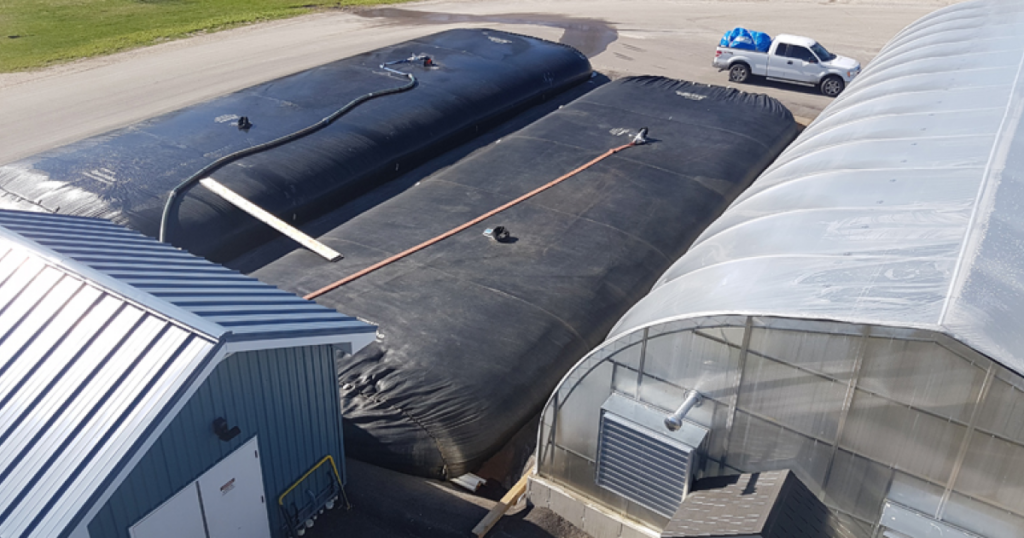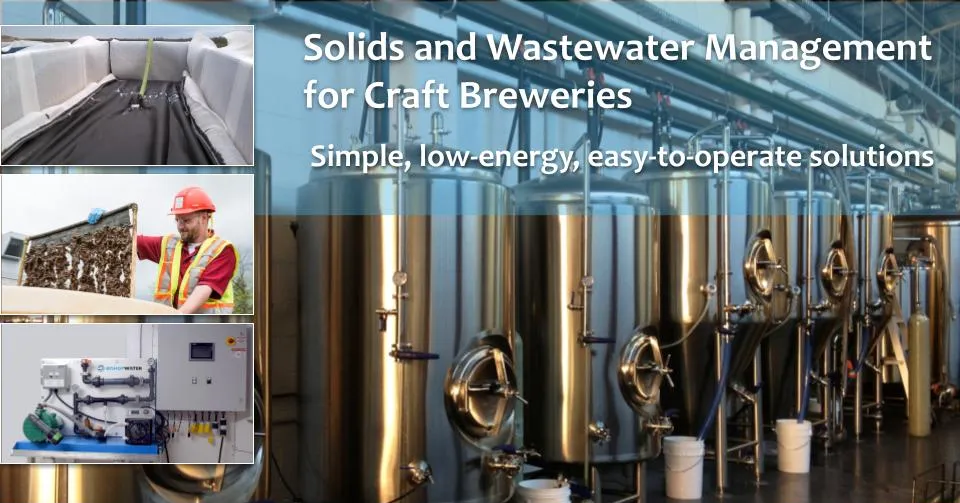ARTICLE
How to eliminate sewer surcharges with a simple, low-energy system
Pre-treatment of high-strength wastewater before discharging it to a municipal sewer can be challenging, especially if high levels of BOD, TSS and ammonia are present. But what if a simple, affordable, onsite solution was available to help meet pre-treatment requirements and avoid sewer surcharges?
Bishop Water combines two of its robust, easy-to-use treatment technologies—The Bishop Solids Management Solution and BioCord® Reactors—to create a scalable solution for a wide range of industrial and commercial applications. The process can handle high solids and nutrient concentrations for a fraction of the capital and operating costs of more complex, energy-intensive alternatives.
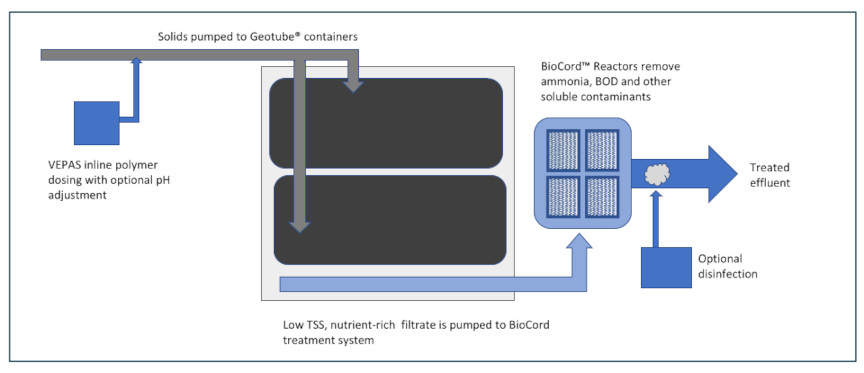
ClariPhos enabled the WWTP to maintain pH within the required range without the addition of sodium hydroxide and at a significantly lower coagulant dose rate. The graph above compares the dose rates of both treatment programs during 2024.
The wastewater first goes to Bishop Water’s Solids Management Solution. Unlike complex, energy-intensive mechanical dewatering equipment, the Bishop approach utilizes a passive dewatering process that achieves a high level of dry solids using only specially selected polymers, Geotube® filtration and gravity.
As the solids are pumped to the Geotubes, a polymer is added to retain non-soluble BOD, TSS, and other contaminants. The Geotubes also provide filtration and release clear water that is low in TSS, but may still contains soluble organics and nutrients.
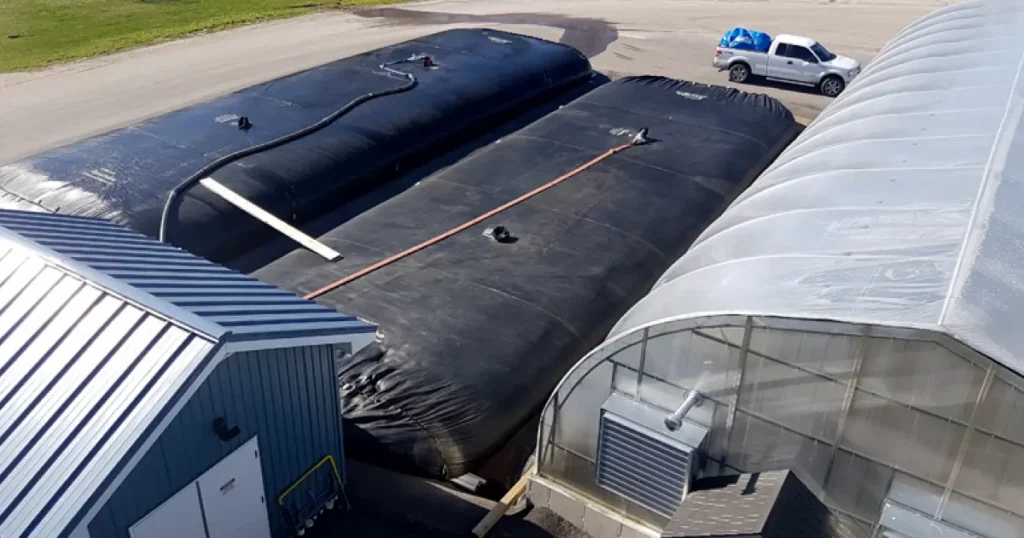
Solids dewatering with Geotubes
This nutrient-rich filtrate is then transferred to a BioCord Reactor system for further treatment. BioCord Reactors provide a simple, robust process to remove soluble BOD and ammonia with very little operator oversight.
A BioCord Reactor is simply a modular frame that supports densely arranged strands of polymer fibres. These fibres provide a massive surface area for the growth of aerobic and anaerobic microorganisms that are ideal for enhanced biological treatment and maintaining regulatory compliance – even in cold weather conditions.
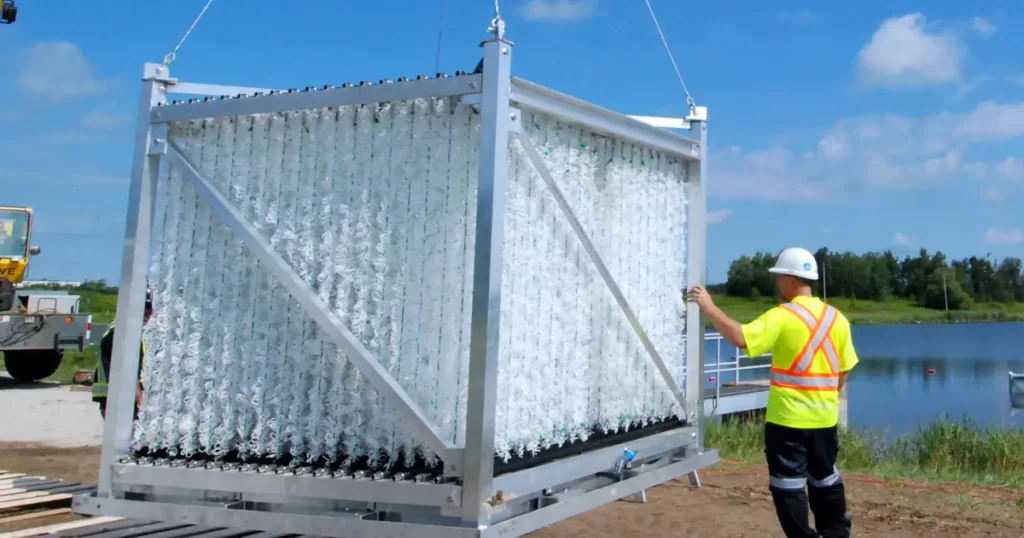
BioCord Reactor installation
This integrated solution can be customized meet the specific size constraints, treatment requirements, and growth plans for each site. The system also incorporates a modular design that can be easily expanded as treatment needs change.


